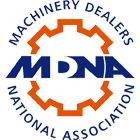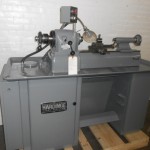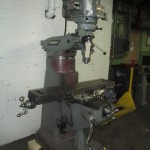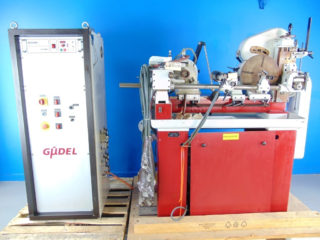Aqua regia is primarily used to produce chloroauric acid, the electrolyte in the Wohlwill process for refining the highest quality (99.999%) gold.
Aqua regia is also used in etching and in specific analytic procedures. It is also used in some laboratories to clean glassware of organic compounds and metal particles. This method is preferred over the more traditional chromic acid bath for cleaning NMR tubes, because no traces of paramagnetic chromium can remain to spoil spectra. While chromic acid baths are discouraged because of the high toxicity of chromium and the potential for explosions, aqua regia is itself very corrosive and has been implicated in several explosions due to mishandling.
Due to the reaction between its components resulting in its decomposition, aqua regia quickly loses its effectiveness (yet remains a strong acid), so its components are usually only mixed immediately before use.
While local regulations may vary, aqua regia may be disposed of by careful neutralization, before being poured down the sink. If there is contamination by dissolved metals, the neutralized solution should be collected for disposal.
Overview In Steps:
1. The metal to be refined should be assayed in order to establish contents of precious metals.
2. The next step is to melt the metal into a form that exposes the largest amount of surface area possible in order to reduce the dissolution times when attacked with acids. In our case, we produce metal in a “exploded popcorn form” by melting the metal in an induction melting furnace and then pouring it into a grain tank containing water. Due to the enormous thermal shock, the metal cools in this particular shape
3. These grains are loaded into the refining unit.
4. Nitric and hydrochloric acids are then added (in a special ratio) to the tumbler thus forming the aqua regia solution.
5. The aqua regia solution dissolves the gold; the silver is transformed by the hydrochloric acid into AgCl (silver chloride)
6. When the dissolution process is finished, the solution
7. The filter papers retains the silver chloride (because it is a solid) while the solution containing the gold trickles through.
8. The solution is then trasferred to the cementation tank where various chemicals products are added in order to precipitate the gold back into a solid.
9. The entire lot (gold powder & solution) is then filtered again in the filter trolley and the gold powder is recovered.
10. This powder is then washed, rinsed and melted into the final required form (i.e. ingots etc.).
11. The silver chloride is then transformed back into metallic silver
Search Machinery
E-Mail Newsletter
Sign Up Now!For Email Marketing you can trust.Translate
Consignment Sales
Sell your machinery on consignment at Gold's 85,000 sq ft showroom or utilize our e-bay expertise. For more information:
Email Us HereContact Info
Mailing Address:
Gold International Corp.
P.O. Box 998 Pawtucket, RI 02862
Physical Address:
136 Newell Avenue
(corner of Thurston & Newell Sts.)
@Exit 40, Route 95 North
Pawtucket, RI USA 02860-0998
E-Mail:
Mail@GoldMachinery.com
Toll Free:
1-800-619-GOLD
Phone:
401-724-3200
Fax:
401-728-5770








